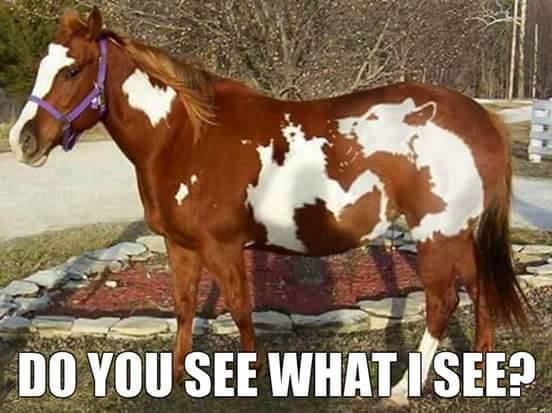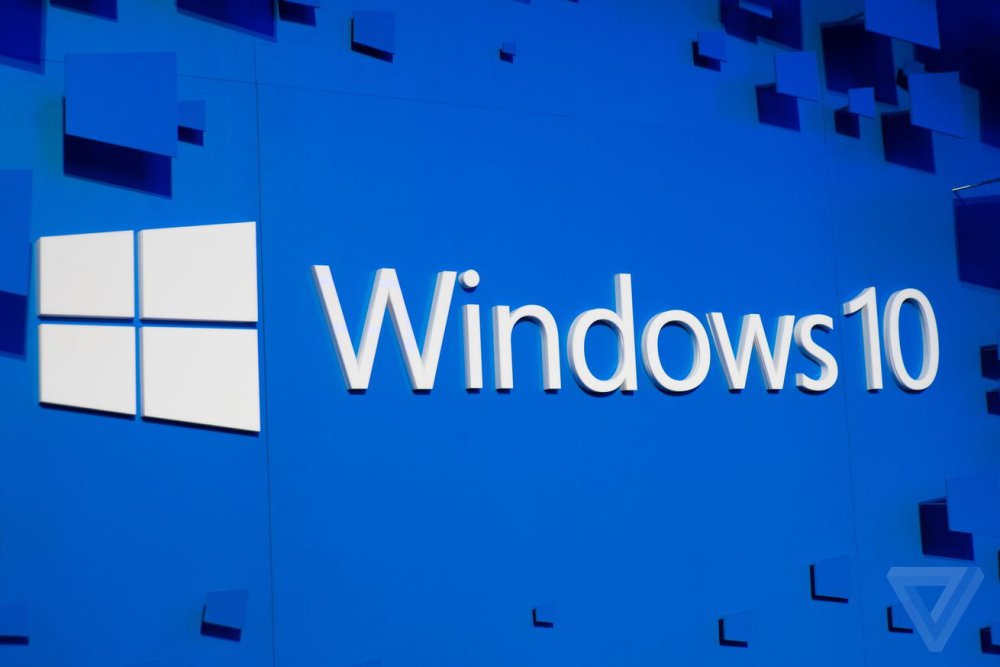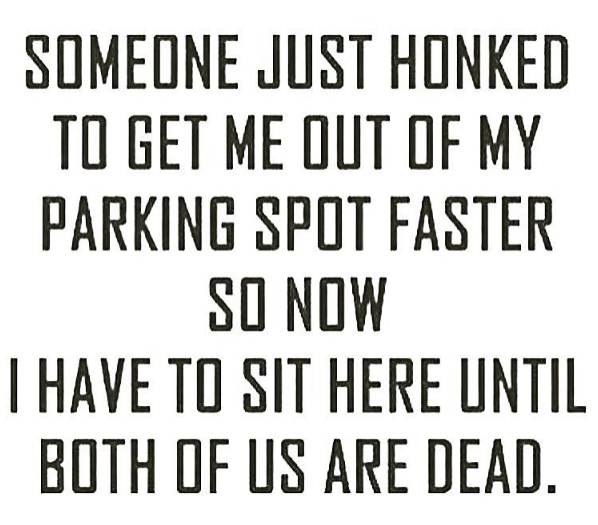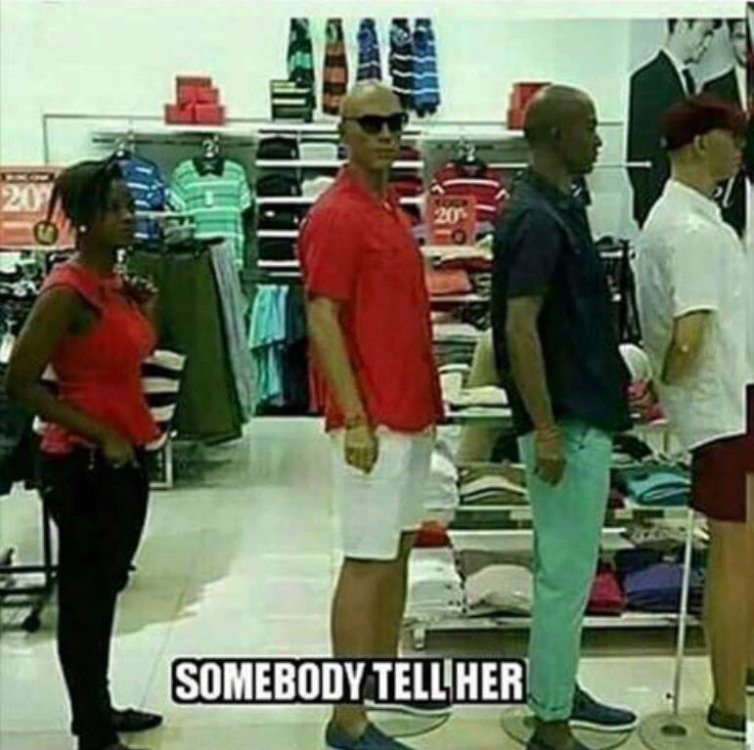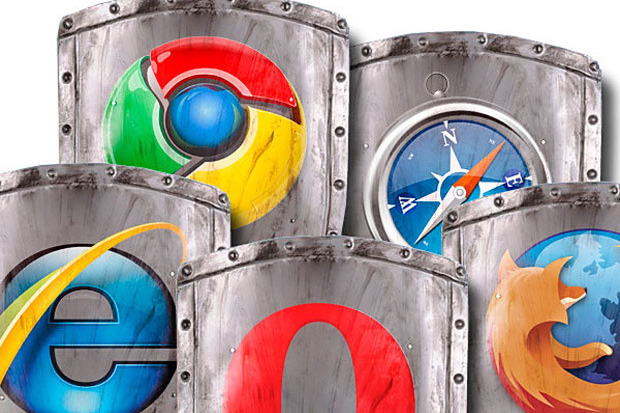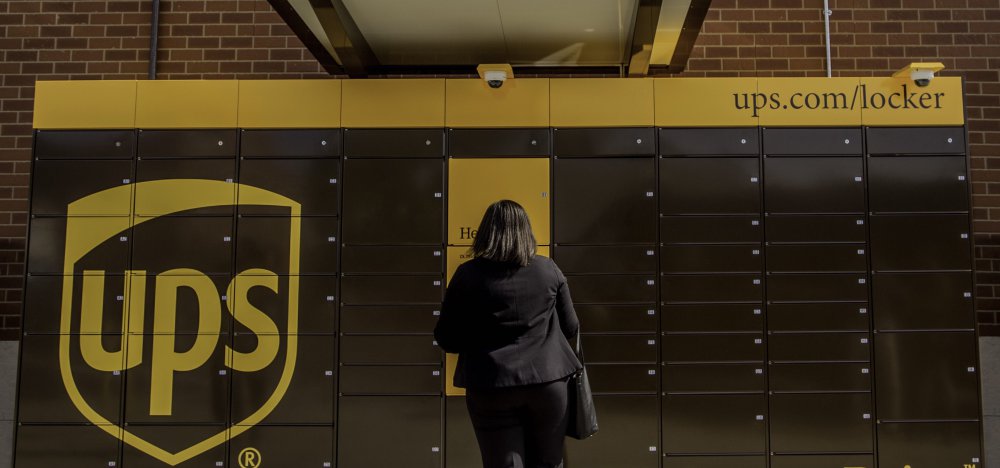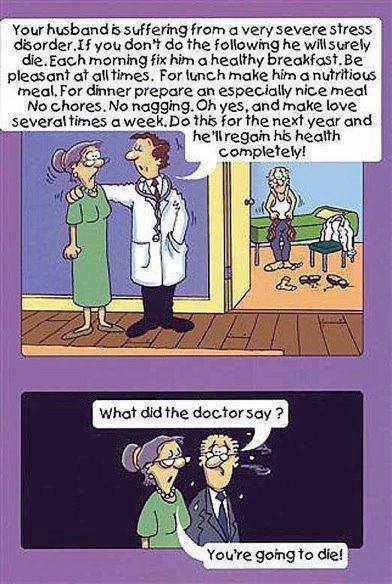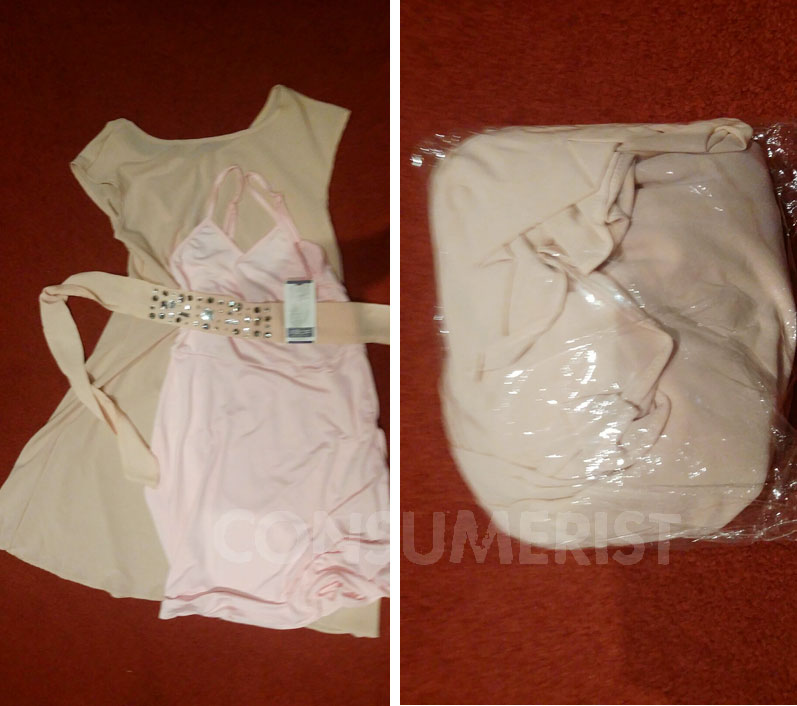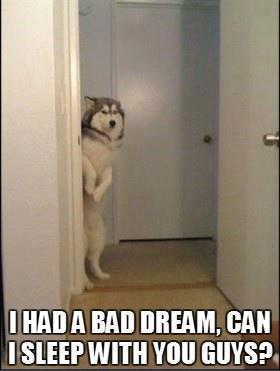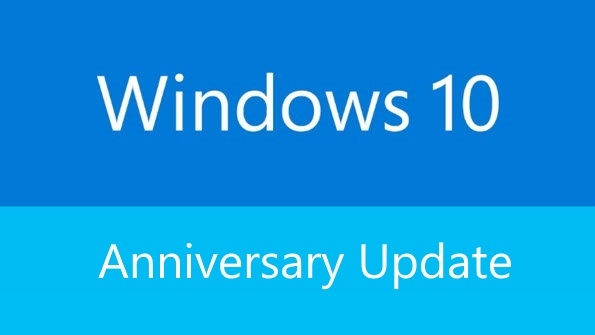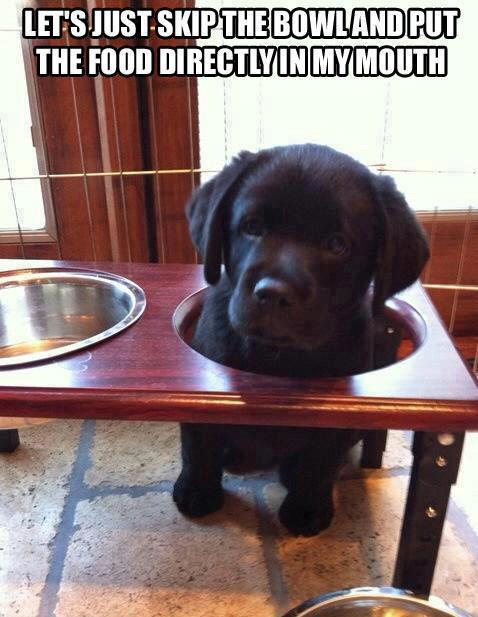-
Posts
7,282 -
Joined
-
Last visited
-
Days Won
2,416
Content Type
Forums
Blogs
Events
Resources
Downloads
Gallery
Store
Everything posted by allheart55 Cindy E
-
-
Microsoft's Windows 10 upgrade notifications have been the subject of amusing weather forecasts, a $10,000 lawsuit, and generally annoying for many other people. While Microsoft is tweaking the regular upgrade prompt to make it less confusing for existing Windows 7 and Windows 8.1 users, the software giant is also preparing one last push to convince people to upgrade to Windows 10. Microsoft's free Windows 10 upgrade disappears after July 29th, and in the final days before the offer ends Microsoft is using a full-screen prompt to get people's attention. The prompt will say "sorry to interrupt," before noting that the Windows 10 free upgrade offer ends on July 29th. Windows 7.1 and Windows 8.1 users receiving the prompt will be able to upgrade immediately, remind later, notify three more times, or simply do not notify again. Not everyone will see the prompt, and Microsoft notes if existing users have the latest "Get Windows 10" app they won't see the full-screen prompt. If an existing machine is incompatible Windows 10, has been upgraded to the latest OS and uninstalled, or failed to upgrade to Windows 10 then these users also won't see the full-screen prompt. Existing methods to block the Windows 10 upgrade prompts will also suppress this new full-screen notification. Microsoft is planning to charge $119 to upgrade to Windows 10 from July 30th onward, and the company is urging all Windows 7 and Windows 8.1 users to take advantage of the free upgrade over the next few weeks. Source: theverge
-
- annoying
- full-screen
-
(and 2 more)
Tagged with:
-

Animals before and after they were taken home.
allheart55 Cindy E replied to DSTM's topic in Tech Help and Discussions
It's true and there are none that are more loyal or loving than a rescue animal. :agree: -
-
That's unusual since it was such an epic fail. Interesting.
- 3 replies
-
- brand failure
- company
-
(and 2 more)
Tagged with:
-
-
An estimated 33 million users deserted Microsoft's browsers last month, pushing the Redmond, Wash. company's browser strategy ever closer to the edge of irrelevancy, according to analytics data published today. Internet Explorer (IE) and Edge combined to account for 36.7% of the global user share -- a stand-in for the number of desktop and notebook PC owners who ran those browsers -- in June, according to U.S.-based metrics vendor Net Applications. June's IE number was down 1.9 percentage points from May, the eighteenth straight month of losses. In the last 12 months alone, IE -- a bucket into which Computerworld also pours Windows 10's Edge -- has lost 17.3 percentage points, representing a loss of almost a third of what the browser controlled a year ago. As recently as November 2015, IE accounted for more than half of the global browser user share. Chrome slipped past IE for the first time. Chrome's rate of increase has been astounding, doubling its user share in just over 12 months. If Chrome continues on the blistering growth rate of the past year, it will reach the 50% mark this month. Like IE, Mozilla's Firefox also lost user share in June, falling another nine-tenths of a percentage point to 8%. Unless Mozilla can arrest the flight, its desktop browser could drop under the 5% mark as early as October, threatening the organization's long-term survival, which relies on search revenue from the likes of Yahoo to pay the bills. Other top browsers, Apple's Safari and Opera Software's Opera, remained flat and showed a small gain, respectively. Microsoft told IE users in August 2014 that they must upgrade to a newer version by January 2016. But while Microsoft probably made this decision to reduce support costs -- supporting one version rather than six -- the move had a side-effect that the company could not have foreseen. (For if it had, it wouldn't have followed through.) Faced with Microsoft's demand to upgrade to the newest edition of IE, people instead rethought their choice of browsers. The clear winner: Chrome. Source: computerworld
-
It’s not that UPS is ungrateful that all of us are shopping online so much and having items shipped to our homes. The problem is that making multiple stops in residential areas, dropping off only one package each time, is a lot less efficient than the business-to-business shipping that UPS was used to before Amazon Prime happened. That’s why the company is expanding its network of lockers, which allow 24-hour access to your packages without a delivery truck actually coming to your house. Yes, pretty much like the Amazon Locker, but not limited to Amazon orders. The lockers are actually an expansion of the company’s Access Point program, where you can have your package redirected to a store near you. That’s handy if you live in a theft-prone area, or an apartment complex without an office for packages to be left, but it’s only useful as long as the store you’ve had your package sent to is open. That’s why UPS had the idae to try setting up lockers: you’ll scan one of those “Sorry we missed you!” slips or a different barcode at a kiosk, and the door containing your package will open up. Some lockers are at 7-Eleven stores, which is a logical fit, and others will be at independent convenience stores. UPS tested the program at a few sites in Chicago, and is now expanding it to the rest of Illinois, New York, Pennsylvania, Virginia, and Washington state. The company said that in the future, they’ll expand it to California, Florida, Georgia, Massachusetts, Missouri, New Hampshire, New Jersey, and Texas. Source: consumerist
-
- amazon prime
- shipped
-
(and 2 more)
Tagged with:
-
Microsoft Office also has a built-in spell checker, if you have any version of that installed, including MS Word.
-
Win 7 itself may not have it's own spell checker but Internet Explorer 11 does. So, if you use IE 11, you'll have a spell checker.
-
-
10. Miller Beer In the mid-1990s, there was Budweiser and Coors, but while Miller Brewing Company had a variety of namesake beer brands — Miller High Life, Miller Lite, Miller Genuine Draft — it didn’t have a flagship mononym brew like the competition did. So in early 1996, Miller launched a new product, simply called “Miller,” which featured the company’s trademark against a red and blue background on a traditional brown bottle, calling it “different from any existing premium beer.” It didn’t go very well, coming up short on a company goal to hit 1% market share by the end of 1996, Milwaukee Business Journal reported in 1997, and the company soon took plain-old Miller off the shelves. 11. Gap logo redesign In October 2010, Gap executives apparently figured out how to use Photoshop, or at least whatever crude graphics program came preinstalled on their office computers, with the resulting logo looking liked it belonged on a cracked plastic sign outside an anonymous office park warehouse, instead of a huge national clothing retailer. Everyone hated it, because look at that thing — it’s “as bland and uninteresting as jeans and a black t-shirt,” as we wrote then. Only two days later, Gap scrapped the crap logo, saying, “We’ve heard loud and clear that you don’t like the new logo. We’ve learned a lot from the feedback. We only want what’s best for the brand and our customers.” 12. Kellogg’s Cereal Mates https://www.youtube.com/watch?v=GqaEN7lj_u4 Portable cereal is not actually a bad idea. On-the-go breakfasts are popular. Cereal is popular. Putting the two together seems like a strong commercial idea and, indeed, your modern grocery store has a lot of different portable, single-serving options. Kellogg’s 1998 attempt, however, hit the sweet spot of “does not solve problem” and “too weird,” and failed miserably as a result. The packages — containing a single-serve sealed bowl of cereal, a box of milk, and a spoon — were advertised as something to find in the fridge case, to make your family’s chaotic morning easier. The thing is, cereal you keep in the fridge tastes kind of meh by the time you open it. And shelf-stable milk, while perfectly safe if properly packaged, continues to be a hard sell for most American shoppers. So Kellogg’s managed to capture the worst of both worlds — soft cereal and warm milk — while making the product too high-priced and redundant to use at home and too cumbersome to take on the road. 13. Coors Rocky Mountain Sparkling Water Coors says its been brewing its beer with “pure rocky mountain spring water” since 1873, and in 1990, the company decided to take the alcohol out of the equation and just sell straight-up sparkling spring water. Despite the growing popularity of bottled water, many shoppers were confused by the company’s first non-alcoholic beverage since Prohibition, which featured a Coors logo just like its beer products. Coors abandoned the idea two years after launch. 14. Colgate’s Kitchen Entrees Food is something you are supposed to eat, and it makes your teeth dirty. Toothpaste is something you are not supposed to eat, and it makes your teeth clean. So you can get an immediate sense of why toothpaste-branded food was maybe doomed to failure. Frozen meals were all the rage in 1982, and you can see why Colgate-Palmolive wanted in on the trend. Much harder to understand is why they thought the Colgate toothpaste branding would help sell savory foods. Nobody wants their toothpaste to taste like stir-fry… or their stir-fry to taste like toothpaste. They did not last long on store shelves and quietly disappeared a few months thereafter. 15. Orbitz Soda Made by Clearly Canadian, Orbitz looked like a drinkable lava lamp: marketers touted the fruity soft drink filled with gelatinous spheres as a “texturally enhanced alternative beverage,” but many consumers just thought it was gross. The drink was shelved in 1997 a year after it debuted, while its name has been repurposed by a certain online travel booking company. 16. Frito-Lay WOW Chips If you don’t remember WOW chips, consider yourself luckier than many consumers who actually bought them… and whose bodies did not respond well to olestra, the fat substitute used to reduce the fat content of these chips. First introduced in 1998, Frito’s new idea was popular at the beginning, with WOW versions of Lay’s, Ruffles, Doritos, and Tostitos bringing in $400 million in sales. But by 2000, sales had dipped to $200 million, after many customers reported anal leakage caused by olestra. A new warning was added to packaging as well: “This Product Contains Olestra. Olestra may cause abdominal cramping and loose stools. Olestra inhibits the absorption of some vitamins and other nutrients. Vitamins A, D, E, and K have been added.” The chips were rebranded to “Light” around the same time, and WOW disappeared, leaving only painful, streaky memories behind. 17. Keurig KOLD While folks might love their single-serving coffee machines from Keurig, the company made a big mistake trying to compete with SodaStream. The Keurig KOLD was a soda-making machine that cost $370 when it was introduced in 2015 — and it fell flat. After less than a year on the market, Keurig said it would be discontinuing the product and offering refunds to anyone who bought it. That is, if anyone actually bought it. Source: consumerist
- 3 replies
-
- brand failure
- company
-
(and 2 more)
Tagged with:
-
While Keurig is surely hoping there will come a day when its failed KOLD soda-making machine is but a misty, sparkling memory, it’s not the first company to reach for the stars, to fly too close to the sun, to try to capture lightning in a bottle… and fail utterly and completely, thereby forever securing a spot in the brand failure hall of fame, never to be forgotten. Keurig is far from alone, of course: many companies have tried to bank on former successes by coming up with some strange ideas. And so we present forthwith, 16 other examples of companies who thought they had the next big thing, only to fall flat on their faces. 1. The Ford Edsel Arend Vermazeren Perhaps nothing embodies the idea of a commercial failure as much as the Edsel, which was unveiled on Sept. 4, 1957 to the public after a yearlong teaser campaign. It was met with resounding rejection, as customers deemed the gas-guzzling, pricey car an ugly waste of money. Three model years and 110,847 Edsels later, Ford pulled the plug on the Edsel in November 1959. Ultimately, Ford took a $250 million hit (in 1958 dollars, or about $2 billion today) for the development, manufacturing, and marketing of the vehicle. 2. Crystal Pepsi Paxton Holley For some reason, Pepsi got it into its head that cola shouldn’t be brown; it should be clear, while still tasting like cola but looking like a lemon-lime soda. That push for sensory confusion resulted in Crystal Pepsi, a caffeine-free “clear alternative” to regular colas. “You’ve never seen a taste like this!” Pepsi promised, which was true, but not in a good way: many consumers were grossed out, confused, or just disappointed, with some insisting the beverage had a citrus hint to it. PepsiCo killed Crystal Pepsi in 1993 after only a year. “People were saying we should stop and address some issues along the way, and they were right,” the man who conceptualized Crystal Pepsi, David Novak, told Fast Company in 2007. “It would have been nice if I’d made sure the product tasted good.” Pepsi first brought it back as a one-off nostalgia item in 2015, before announcing on June 29 yet another limited-time resurrection of Crystal Pepsi. For what reason, we do not know. 3. Qwikster The well-chronicled debacle, which saw Netflix hiking prices and briefly separating its disc-rental arm into a different company in 2011 before reconsidering, resulted in diving stock prices and a massive pay cut for its CEO. 4. New Coke/Coke II SA_Steve Thursday, April 23, 1985. That’s the date Coca-Cola announced a change to its secret formula — the first one in its 99 years — and a change that would forever link Coke with brand failures to come after it. It wasn’t originally called New Coke — it was a can of Coke with the word “New!” on it, until 1992 when it was officially renamed Coke II. The company calls it “arguably the biggest risk in consumer goods history,” while everyone else just calls it a big, fat flop. The backlash from consumers was so immediate and so fierce, the company hurried to get the original recipe back on the market within three months of New Coke’s arrival. On July 11, 1985, Coca-Cola held a press conference to officially announce the return of the old Coke, and admit how very wrong it had been. “The simple fact is that all of the time and money and skill poured into consumer research on a new Coca-Cola could not measure or reveal the depth and abiding emotional attachment to original Coca-Cola felt by so many people,” said Coca-Cola’s president at the time, Donald Keough. 5. Frito-Lay Lemonade What would be perfect to wash down salty snacks? A big, cold glass of lemonade. That must have been the thinking behind the Frito-Lay brand’s unsuccessful foray into branded beverages with Frito-Lay lemonade; it didn’t work out so well. Something about the Frito-Lay name just didn’t sound refreshing to consumers, Entrepreneur noted in 1998, and parent company PepsiCo dropped the product. 6. Tropicana carton redesign When it comes to breakfast beverages, Tropicana learned that messing with its brands is not a good move. In January 2009, Tropicana came out with a new look for its cartons, including a clever cap that looked just like an orange. Clever or no, consumers haaaaaated it. The product went “poof” by the next month, and the original packaging reappeared on shelves in March. “We underestimated the deep emotional bond” loyal customers had with the original packaging, Neil Campbell, president at Tropicana North America in Chicago explained to The New York Times then. “Those consumers are very important to us, so we responded.” 7. Gerber’s single servings for adults Wikimediar Pre-made baby food is super convenient for parents: You get the meal in a jar; it’s the right size for your 10-month-old; it’s already pureed; and it’s portable. Win/win. However, jars of mush — aside from maybe applesauce and Soylent — do not generally appeal to most adults. In fact, the list of people over 21 who have ever thought, “I wish my beef bourguignon were all pre-mashed and then stuffed in a jar” is infinitesimally small — and so was the market for Gerber Singles, one of 1974’s worst ideas. The plan had been to sell the product to college students and young adults who had moved out of mom’s house and might not be otherwise able to feed themselves. It turns out, young adults had plenty of other options they liked better — anything other than adult baby food, for example. 8. Bic Underwear & Hosiery eBay If we say “Bic,” the first thing that leaps into your mind is probably going to be “ball-point pen.” Pencils and highlighters might be close runners-up, and, if you’re feeling particularly thoughtful, you might mention disposable razors or lighters. You are not, however, likely to think of undergarments and hosiery. The women’s underwear line, which included pantyhose, launched in 1998. It was — like all those other Bic products — designed to be disposable. The problem is, most women aren’t really looking for disposable underwear. Nor are they planning to buy underwear from stores (or sections of stores) where Bic’s other products are sold; at least not unless it’s an emergency. The products — which never launched in the United States — quietly disappeared from overseas stores in 1999. We found a pair on eBay recently, if you’re still interested. 9. Lifesavers Soda SA_Steve Lifesavers have been around since 1912, but in the 1980s, Wrigley thought it might make a run at the beverage market with a candy-flavored soda. Sugar plus sugar — sounds like a sure thing for the go-go-go ’80s, right? Not so much. Some folks found the fizzy drink too sweet, like drinking “liquid candy,” and the product disappeared into the sugary chasm from whence it came. Source: consumerist
- 3 replies
-
- brand failure
- company
-
(and 2 more)
Tagged with:
-
It certainly looks as if you do, Jim.
-
It’s one thing if an online ad is misleading or misrepresents the site that you click on, but what happens when you order an item that isn’t as promised? As overseas clothing companies that market solely through Facebook have proliferated, some customers blame Facebook, even though the site doesn’t vet the products and services of every advertiser. Now, at least, Facebook wants to listen if you’re scammed or misled by an ad on the site. Facebook agreed to look into this after a Buzzfeed investigation into shady clothing peddlers in China that market on social media. The story exposed companies with a truly alarming number of complaints filed elsewhere on the Internet, but with carefully scrubbed Facebook pages and appealing ad campaigns. A Facebook representative told Buzzfeed that they’ll use the information to look at trends and find problematic companies or ad campaigns. After all, if users don’t click on Facebook ads, how does Facebook make money? The site’s response is a simple form on their help site asking for information about problematic ads, including . isn’t just for clothing sites: you can also leave information about ads that are misleading or problematic in other ways. Source: consumerist
-
- advertiser
-
(and 3 more)
Tagged with:
-
The spell checker itself works like a charm. I tried it out today while on Skype with my cousin who is in Ireland.
-
-
It's working for me. http://ursa-spelling.com/
-

Malwarebytes partners with NASCAR
allheart55 Cindy E replied to Tony D's topic in Tech Help and Discussions
Very interesting article. Thanks, Tony. -
In just 30 days the free offer of Windows 10 for those on Windows 7 and 8.1 systems will come to an end. Everything we have heard and seen from Microsoft over the last several weeks confirms that there are no plans to extend this offer in any manner whatsoever. In fact Yusuf Mehdi, Corporate VP of the Windows and Devices Group, said this back in early May: "The free upgrade offer to Windows 10 was a first for Microsoft, helping people upgrade faster than ever before. And time is running out. The free upgrade offer will end on July 29 and we want to make sure you don’t miss out." As of today, there are over 350 million active devices using Windows 10 according to Microsoft. If you want to make sure you have the option to get Windows 10 at no cost and join that growing group then you need to take those steps in the next few weeks or pay $119 for a Windows Home upgrade or $199 for an upgrade to Windows 10 Pro. The Windows 10 upgrade process will get your Digital License for Windows 10 on your system registered anonymously with Microsoft and then you can revert back to Windows 7 or 8.1 until you are ready to make the move to Windows 10. In fact, the ability to easily revert right back to your previous operating system is built into Windows 10 and you have 30 days to perform that roll back action. Who knows, maybe you can perform the free upgrade to Windows 10 and try it out for a week or so and see what it is like. It just might prove to be the right fit for you and your hardware. Last month I shared the two best methods to perform that Windows 10 upgrade that would insure your device was properly activated with a Digital License so that your hardware would retain the eligibility for the free upgrade after the deal expires. If you use either of those methods then it should result in your device getting the proper entitlement and that means the upgrade will always be available at no cost on that system. In fact, with the new Activation Troubleshooter in the upcoming Windows 10 Anniversary Update which becomes available on 02 August, you will even be able to retrieve that licensing after most hardware upgrades including a motherboard change according to Microsoft. Look, when I was on active duty in the United States Navy, I used to always encourage Sailors to not burn any bridges even if they planned to only serve one hitch in the service. It basically keeps all options on the table and available. Well this free upgrade is like one of those bridges and there is no reason to burn it down just because you have no plans to upgrade to Windows 10 right now. The reality is you just never know what the future might hold unless of course you have $119 or $199 dollars to toss towards that upgrade down the road. Source: winsupersite
- 5 replies
-
- 30 days
- free offer
-
(and 1 more)
Tagged with:
-
The site is back up now.
-
That's good to know, Bill. Thanks!
-
In recent months, in an apparent bid to accelerate adoption of Windows 10, Microsoft altered the way it asked users if they wanted to upgrade. It gave the Windows 10 update "recommended" status, normally reserved for critical security updates. If when prompted to update to Windows 10 users clicked the red "X", the upgrade would not immediately start. However, the update process would automatically be scheduled for a later time. From this week, Microsoft said it would change that process, admitting that it was confusing. "The new experience has clearer options to upgrade now, choose a time, or decline the free offer," said Terry Myerson, executive vice president, Windows and Devices Group, in an emailed statement. "If the red-x is selected on this new dialog, it will dismiss the dialog box and we will notify the device again in a few days." I've complained before about the "dirty trick" Microsoft pulled when it changed the behaviour of its update nag screen - duping users into believing that clicking "X" would simply make the pop-up disappear rather than scheduling an unwanted Windows 10 update. I understand that Microsoft believes Windows 10 is great, and appreciate that it wants as many users as possible to update to it, but the way it has handled the process has pretty bloody awful. News of the rethink comes as news emerges that Microsoft has agreed to pay a Californian woman $10,000 after an unwanted Windows 10 update caused her computer to crash. Source: graham cluley
- 1 reply
-
- accelerate
- process
-
(and 3 more)
Tagged with:
-
Microsoft and its millions of Windows Insiders have been testing the Redstone 1 development branch version of Windows 10 since December of last year. In that time frame there have been over 35 builds released to those testers to evaluate the second major update of Windows 10, commonly referred to as the Anniversary Update, for both PCs and Mobile devices. Since it has been called the Anniversary Update it was expected that it would arrive on the anniversary date of the initial release of Windows 10 which happened on 29 July 2015. However, it would appear that a partial press release was accidentally pushed out on the Microsoft News Center earlier today that just contained this headline: The content of the article was empty but I have reached out to Microsoft to ask for any further information about this and for confirmation on the release date of the Windows 10 Anniversary Update. That article has now been pulled from the web but once I hear back from Microsoft I will update this article. August 2nd is an interesting release date because it is not the 29th of July which would mark one year since Windows 10 was initially released to the general public but it is also the first Tuesday of the month. Microsoft likes releasing routine updates on Tuesday's when you consider their security related Patch Tuesday and then the other Patch Tuesday two weeks later when they release non-security related updates for Windows and other Microsoft products. That date is also after the free Windows 10 upgrade offer for Windows 7 and 8.1 users expires on 29 July 2016. That means there is no chance of the update itself enticing someone to upgrade to Windows 10 for free. If you want to get the Windows 10 Anniversary Update for free, which it is for everyone already on Windows 10, then you need to take steps now to ensure you have that Windows 10 Digital License registered for your system. Otherwise, getting Windows 10 so you can install the Anniversary Update will cost you $119 for Windows 10 Home and $199 for Windows 10 Pro. A closer look at the calendar shows that July 29th this year is on a Friday and although Microsoft has released test builds of the Windows 10 Anniversary Update on multiple Friday's over the last seven months they likely do not want to be triaging the release process over a weekend. Tuesdays are also a day that Microsoft is geared around a regular release schedule so the mindset and infrastructure is there plus all of us are used to getting those updates on that schedule as well. Of course, if you look back at the release of the initial version of Windows 10 (Version 1507 Build 10240) and the Windows 10 November Update (Version 1511 Build 10586) all Windows Insiders had access to those final builds within two weeks of their public release and availability. I expect we will see something very similar with the Anniversary Update because it actually gives Microsoft a week or two of telemetry data to evaluate and address any last minute tweaks that might be needed when the update is available for the general public. Source: winsupersite
-
- microsoft
- windows 10
-
(and 1 more)
Tagged with:
-

